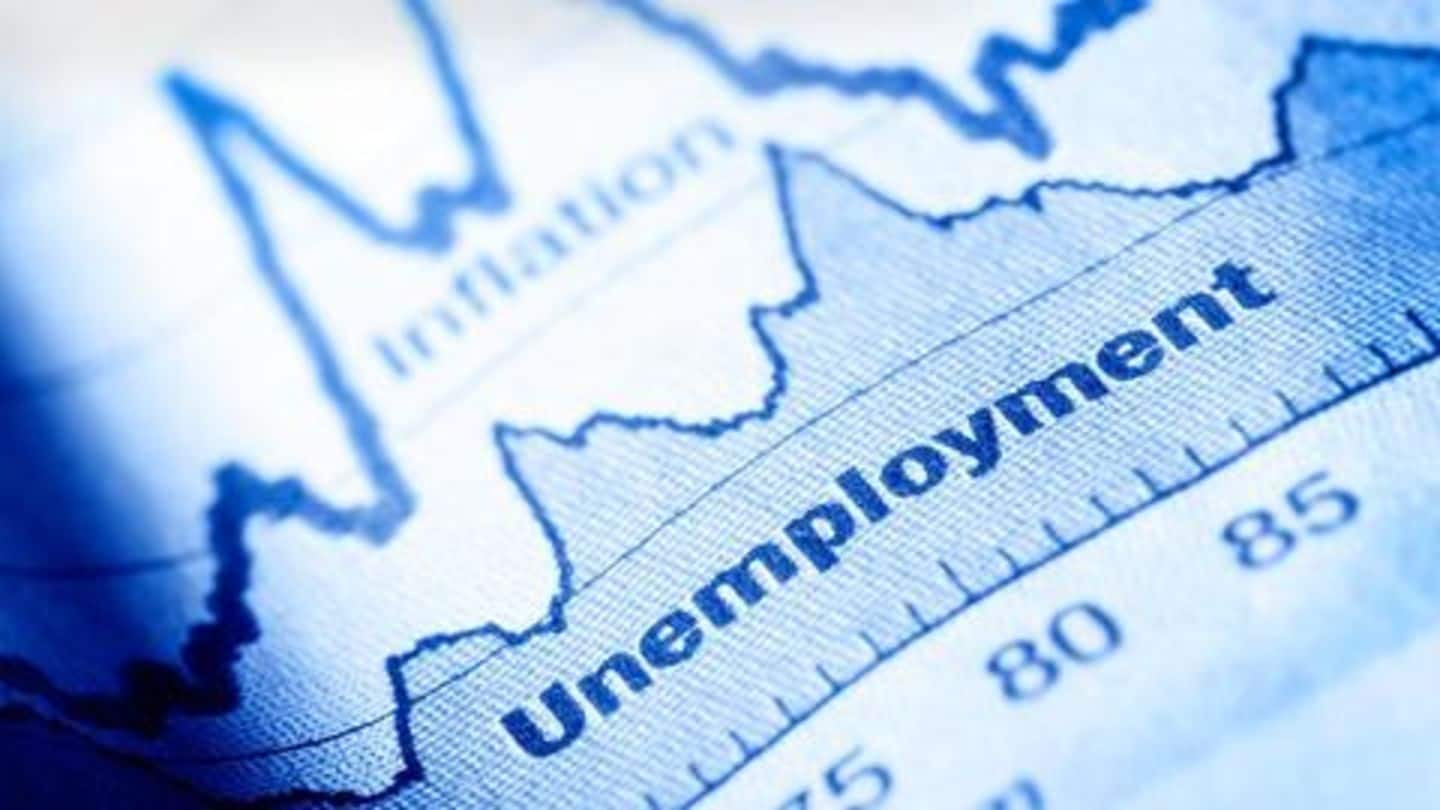
Unemployment at 45-year high after demonetization, stalled NSSO report shows
What's the story
During 2017-18, India's unemployment rate touched a 45-year high of 6.1%, a previously unreleased National Sample Survey Office (NSSO) report has revealed. It has also been reported that despite getting all required clearances, the government chose not to publicly release the NSSO report, which was prepared in December last year. Given these facts, the report is bound to create massive controversy. Here's more.
Details
Business Standard got its hands on the unreleased report
Although unreleased by the government, Business Standard managed to get its hands on the NSSO report and its contents. It has also been reported that two members, including the acting chairman of the National Statistical Commission (NSC) that had vetted the report, resigned on Tuesday to protest the suppression of data on part of the government.
Signficance
The first official employment report after the demonetization
Notably, the NSSO report is the first one on employment since Prime Minister Narendra Modi announced the demonetization in November 2016. The report has revealed that unemployment in India rose from 2.2% in 2011-12 to 6.1% in 2017-18 - the highest since 1972-73. Further, a breakdown of the data shows that youth unemployment was at an "astronomical high" in 2017-18.
Data
What the report had to say about youth unemployment
According to the report, unemployment rate in rural areas among men aged 15-29 years jumped from 5% in 2011-12 to a whopping 17.4% in 2017-18, while unemployment rate among women of the same age group in rural areas jumped from 4.8% in 2011-12 to 13.6% in 2017-18. In urban areas, a whopping 18.7% of young men, and 27.2% of young women were unemployed in 2017-18.
Data
Unemployment among the educated also registered a sharp rise
For educated males in rural areas, unemployment rose to 10.5% in 2017-18, compared to 3.5%-4.4% during 2004-05 and 2011-12. For educated females in rural areas, unemployment was at 17.3% during 2017-18, compared to 9.7%-15.2% during 2004-05 and 2011-12.
LFP
Labor force participation, too, declined
The report also revealed that labor force participation rate (the proportion of the population working or actively seeking jobs) had declined from 39.5% in 2011-12 to 36.9% in 2017-18. It should be noted that labor force participation has been on a decline since 2004-05, but the dip in 2017-18 was higher than it was in 2011-12, and lower than it was in 2009-10.
Earlier
The NSSO report supports an earlier CMIE report
The report gives support to data released earlier by the Center for Monitoring Indian Economy (CMIE) which claimed that 1.5 million jobs had been lost in the four months following the demonetization. Given the fact that Prime Minister Narendra Modi had promised to create two crore jobs a year, the NSSO report is bound to raise questions about the gap between the government's promises and what it actually delivers.
Response
What the government had to say
After Business Standard broke the news of the report, the government said that "timing and verification" of the report was still pending, and that it would decide when to publish the report. However, the two NSC members who resigned, said that the report had been due for release in December, and that they had resigned due to non-publication of the report.
Quote
What the ex-acting head of the NSC had to say
Commenting on his resignation and that of his colleague JV Meenakshi, PC Mohanan, the acting head of the NSC, told India Today, "[The] NSSO survey report [on employment] not being released in December 2018 is one of the reasons [for quitting]. We recommended [releasing it] and sent it forward."
Earlier
Electrification data, too, had been played around with
Incidentally, the report comes mere days after a Scroll report revealed the fudging of electrification data. While the Modi government, on December 31, claimed that 25 states had electrified 100% of their household, Scroll, after reviewing government documents, reported that targets had been reduced. In UP, the target of electrifying 1.98cr households had been reduced to 74.4 lakh households. Other states, too, had similarly reduced targets to achieve 100% electrification.